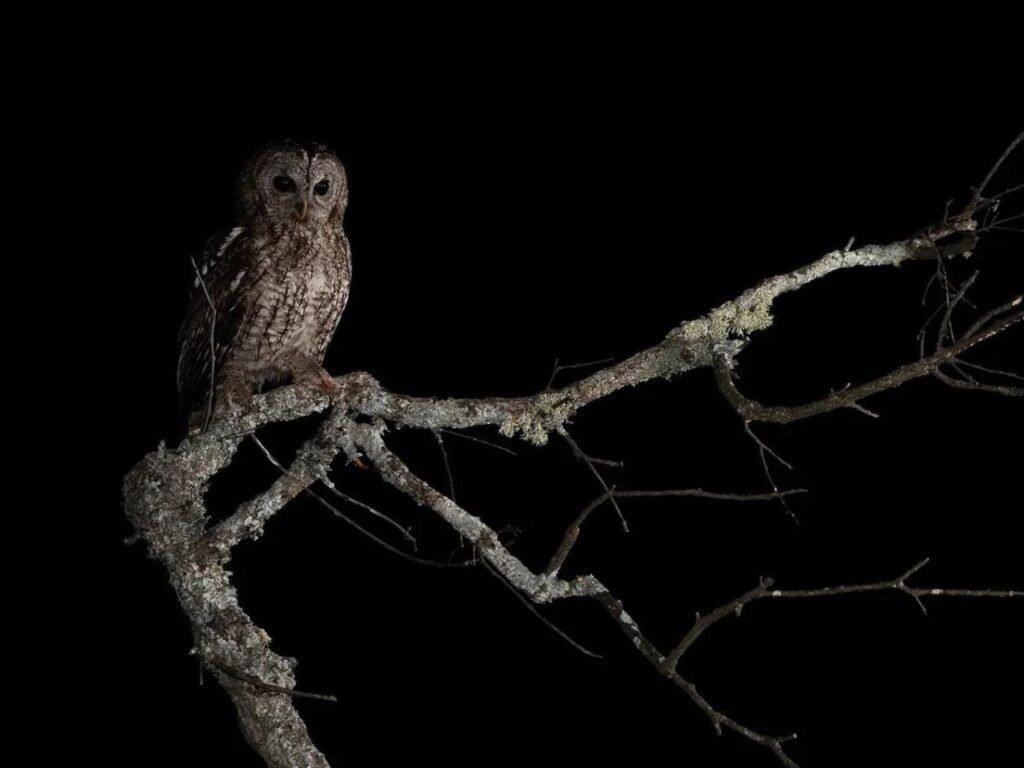Explore whether birds can navigate in darkness. Can Birds See in the Dark? Uncover the truth about avian night vision capabilities here.
Birds cannot see in total darkness, but some species have adaptations for low-light vision. Owls, for example, can see well at night due to their large eyes and retinas rich in rod cells.
Exploring the nocturnal world of birds reveals fascinating adaptations that allow certain species to navigate the dimmest environments. While complete darkness renders birds as sightless as humans, nocturnal birds like owls possess extraordinary visual capabilities to hunt and avoid obstacles in low light.
Their large eyes and proportionally massive pupils gather more light, while a high density of rod cells in their retinas aids in detecting movement and shapes in the dark. Such evolutionary traits ensure these birds thrive after sunset. Understanding these adaptations deepens our appreciation for avian diversity and informs conservation efforts to protect these creatures of the night.
Table of Contents
ToggleThe Intrigue Of Nocturnal Avian Life
The night sky holds secrets many of us are unaware of, and among those secrets are the fascinating behaviors of nocturnal birds. These creatures have sparked curiosity and admiration for their ability to navigate and thrive in the dark. Let’s uncover the mysteries of their world as we delve into the unique adaptations and species that define the intrigue of nocturnal avian life.
Adapting To The Dark
When the sun sets, a whole new world awakens. Birds that are active at night have special traits. These traits help them see in the dark. Some birds, like owls, have large eyes. Their eyes let in more light. This allows them to spot prey even when it’s very dark. Other birds have a high number of rod cells in their eyes. Rod cells are good for low-light vision. Nocturnal birds also have a mirror-like layer behind their retinas. This layer reflects light through the eye. This helps the bird see better at night. All these features allow birds to adapt to life after dark.
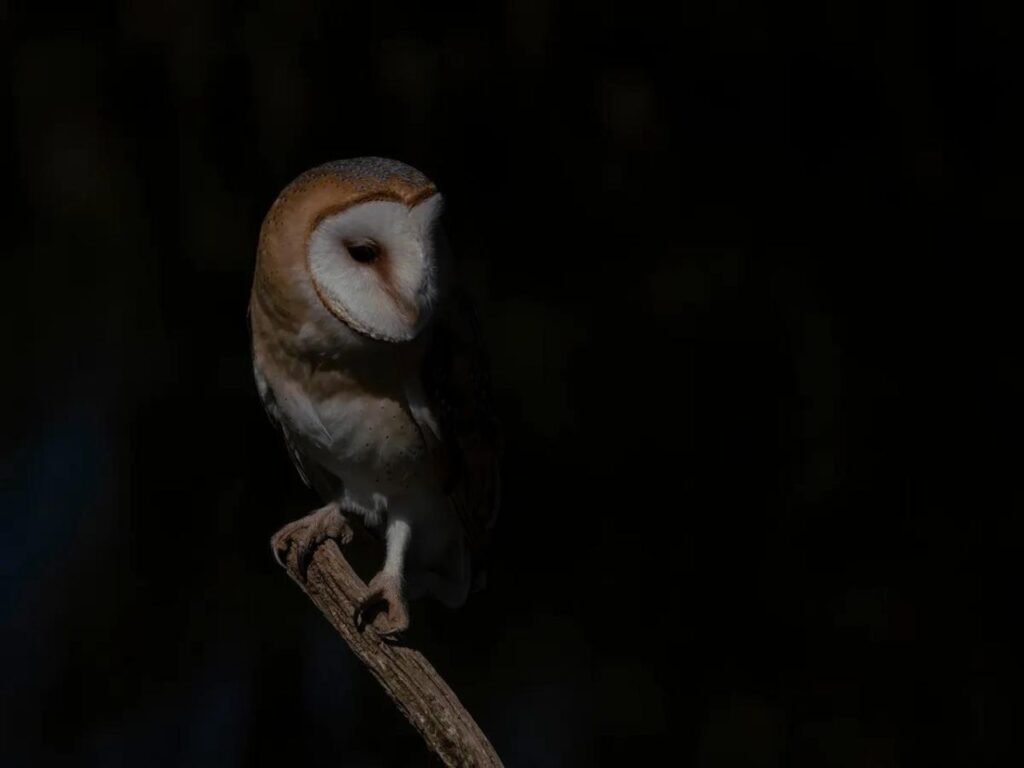
Species That Thrive At Night
Not all birds are asleep when the moon is out. Some are wide awake and very busy. Let’s meet a few:
- Owls: Masters of the night sky, owls hunt with precision.
- Nightjars: These birds have a soft, silent flight.
- Kiwis: With their strong sense of smell, kiwis forage at night.
- Nighthawks: They swoop through the air, catching insects on the wing.
Each of these birds has found a way to use the dark to their advantage. They hunt, forage, and live under the cover of night. The darkness is their ally, and they are well-equipped to make the most of it.
Avian Vision Basics
Understanding how birds see the world involves delving into their unique eye structure and visual processing abilities. Birds have evolved to have remarkable vision, crucial for survival. Their ability to see in various light conditions, including low light, differs significantly from human vision.
Eye Structure In Birds
Birds possess some of the most complex eye structures in the animal kingdom. Their eyes are relatively large in comparison to their head size. This design allows for a greater field of view and better visual resolution. A notable feature is the pecten oculi, a unique structure that nourishes the retina without blocking light. Birds also have a high density of photoreceptor cells, which aid in detailed vision.
- Large Eyes: Provides wide field of view.
- Pecten Oculi: Enhances retina health.
- Photoreceptors: Improves detail perception.
Light Perception And Processing
The ability of birds to see in the dark hinges on their light perception and processing. Bird retinas have rods and cones for seeing in low and bright light. Rods are more sensitive to light, which allows birds to see during twilight hours when many species are active. Additionally, some birds have a high number of rods, which enhances their night vision further. The avian brain is highly efficient in processing visual information, enabling quick responses to stimuli, even in the dark.
| Rods | Cones |
|---|---|
| High light sensitivity | Color vision |
| Low-light visibility | Daylight clarity |
Understanding avian vision basics provides insight into how birds interact with their environment, especially under varying light conditions. The specialized eye structure and efficient light processing equip birds to thrive from the bright light of day to the subtle cues of the night.
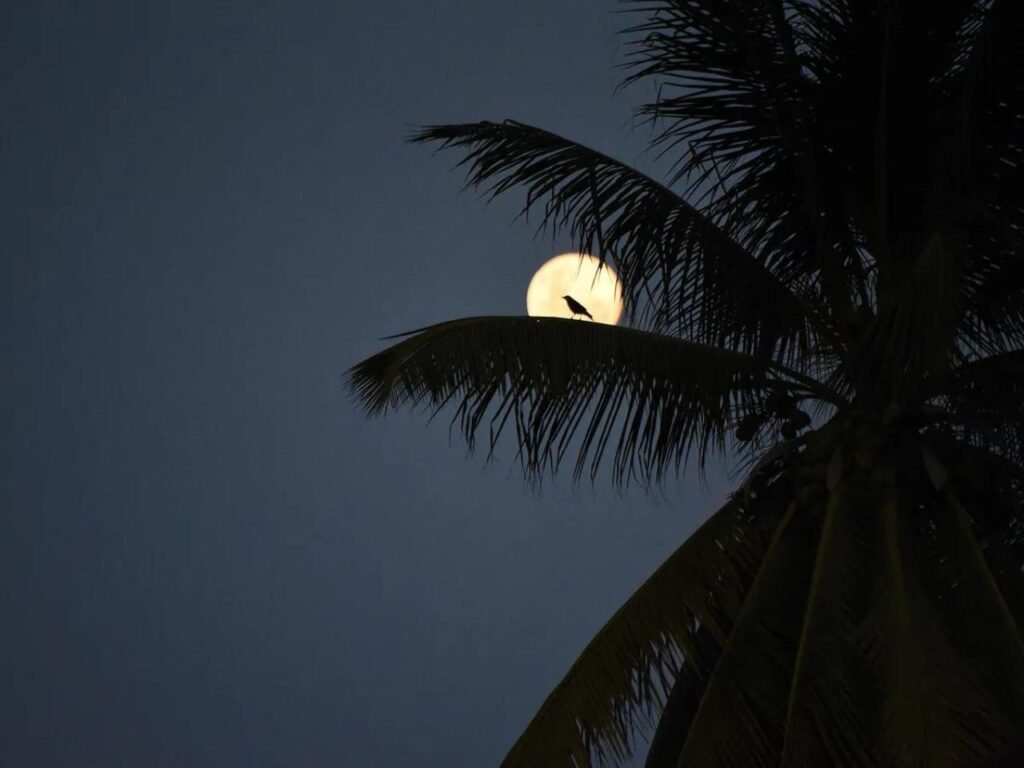
Mechanics Of Night Vision In Birds
Understanding how birds navigate the dark skies involves peering into the fascinating mechanics of their night vision. Unlike humans, some birds are incredibly adept at seeing in low-light conditions. This ability plays a crucial role in their survival, influencing their hunting strategies, migration patterns, and avoidance of nocturnal predators.
Rod Cells And Nighttime Sight
The key to a bird’s night vision lies in the structure of their eyes. Birds possess a high number of rod cells, which are sensitive to light and motion. These cells allow them to detect shapes and movements in dim light, giving them a significant advantage when the sun sets.
Rod cells are more abundant in the eyes of nocturnal birds, like owls. This makes their night vision far superior to that of diurnal birds and even humans. The rods work by absorbing the available light, however faint, and converting it into a signal that their brain interprets as an image.
Also Read:
Other Sensory Adaptations For Darkness
Besides rod cells, birds have other adaptations to help them see at night. Their large corneas and pupils can take in more light, improving their vision in darkness. Some species have a reflective layer behind the retina, known as the tapetum lucidum, which enhances their ability to see when light is scarce.
- Reflective Retinal Layer: This layer bounces light back through the retina, increasing the chances of light detection.
- Large Pupils: By dilating their pupils, birds can maximize the amount of light entering their eyes.
- Enhanced Brain Processing: Birds process visual information rapidly, enabling quick reactions to movements in the dark.
Some birds rely on other senses to complement their vision. Their keen hearing can pinpoint prey and detect danger. The combination of sharp auditory senses and enhanced night vision allows these birds to thrive in the dark.
Comparing Diurnal And Nocturnal Birds
Ever wondered how some birds gracefully navigate the night sky while others are strictly daytime flyers? The ability to see in the dark differs among bird species. Let’s explore how diurnal and nocturnal birds compare in their vision capabilities.
Differences In Eye Anatomy
Nocturnal birds have eyes that are a marvel of nature. Their larger pupils allow more light to enter, enhancing their night vision. Additionally, a higher number of rod cells in their retinas enable them to detect even the faintest light. This is essential for activities like hunting or avoiding predators in the dark.
In contrast, diurnal birds possess more cone cells that favor bright light conditions. These cells provide sharp, colorful vision during the day. Their eyes are smaller, reflecting their adaptation to daytime environments where light is abundant.
| Feature | Diurnal Birds | Nocturnal Birds |
|---|---|---|
| Pupil Size | Smaller | Larger |
| Rod Cells | Fewer | More |
| Cone Cells | More | Fewer |
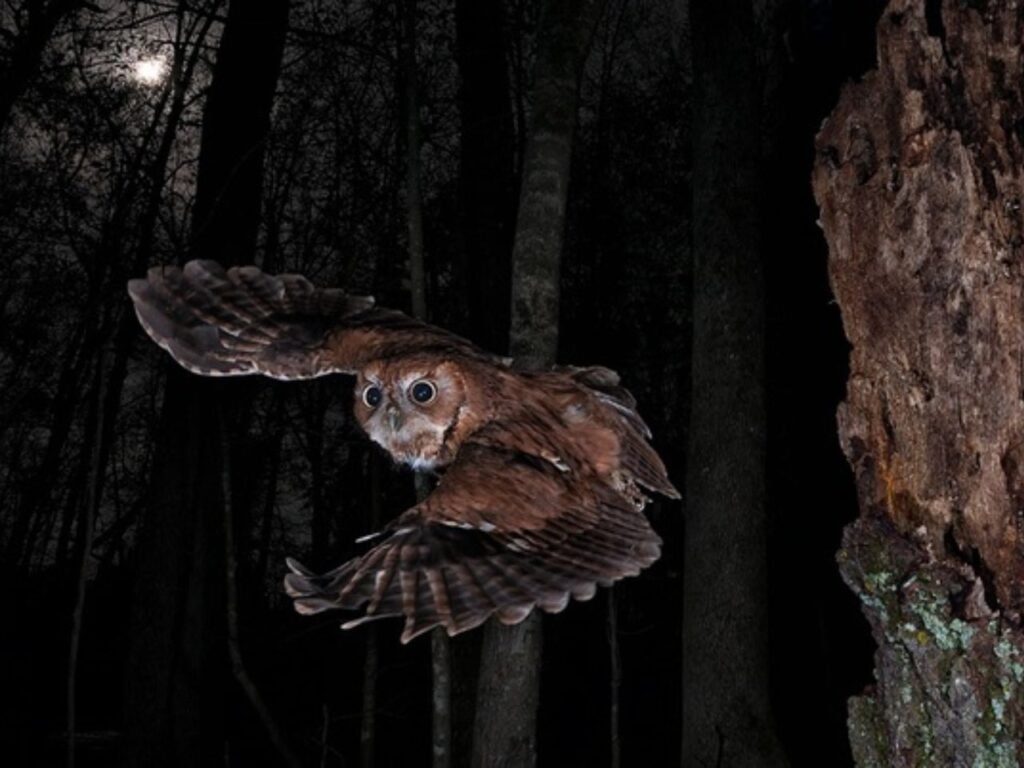
Behavioral Adaptations For Low Light
Nocturnal birds exhibit fascinating behaviors that ensure their survival in the dark. Quiet flight is a key adaptation. Owls, for instance, have specialized feathers that muffle the sound of their movements, making them stealthy hunters.
Diurnal birds, such as eagles and hawks, rely on sunlight to spot prey from great heights. Their activities peak during daylight hours when visibility is optimal.
- Owls: Silent flight, night hunting
- Eagles: Day hunting, keen daytime vision
Evolutionary Perspectives
Exploring the secrets of the night, birds exhibit remarkable adaptations. Their ability to see in the dark sparks curiosity. This feature did not appear overnight. It evolved over millions of years. Let’s dive into the evolutionary journey of birds’ night vision.
Evolution Of Avian Night Vision
Throughout evolution, birds developed traits for survival. Night vision is one such trait. Birds with good night vision have larger eyes. Their retinas are rich in rod cells. Rod cells are sensitive to light. They help birds see in low light.
Birds of prey and nocturnal species show this trait the most. Owls are a prime example. Their eyes have evolved to hunt in the dark. This gives them an edge over prey.
Genetic changes also played a part. These changes improved birds’ night vision over time. Researchers found genes in birds like nightjars. These genes boost night vision.
Survival Benefits Of Nighttime Sight
- Safe from predators: Birds with night vision avoid predators. They move safely in the dark.
- Hunting: Birds like owls hunt at night. Their sharp night vision helps catch prey.
- Migrating: Some birds migrate at night. Good vision helps them navigate.
- Finding food: Birds that feed at night find food easily. They use their night vision to spot it.
These survival benefits show why night vision is key. It helps birds thrive in various environments.
Studies And Research Findings
Exploring the nocturnal abilities of birds has piqued the curiosity of scientists and bird enthusiasts alike. Studies and research findings aim to shed light on the question: Can birds see in the dark? Through careful experimentation and observation, intriguing insights have emerged.
Laboratory Experiments
Laboratories provide controlled environments to study avian night vision. Researchers have conducted various tests to understand how birds adapt to low-light conditions. These studies reveal that some species have developed specialized visual systems.
- Birds like owls show a high number of rod cells in their retinas, essential for night vision.
- Experiments highlight differences in light-sensitive proteins, which impact birds’ ability to see in the dark.
- Behavioral tests involving obstacle navigation prove birds’ nocturnal capabilities.
Field Observations And Data
Field studies complement lab findings by recording birds’ behavior in their natural habitats. Data collected from the wild offers a real-world perspective on avian night vision.
| Species | Observation | Conclusion |
|---|---|---|
| Nightjars | Hunting insects at dusk | Effective night vision |
| Kiwis | Foraging at night | Adapted to darkness |
| Songbirds | Migrating after sunset | Use of light cues |
GPS tracking devices have shown nocturnal flight patterns in migratory birds. Nighttime surveillance has captured feeding and nesting activities under low-light conditions. These findings confirm that many bird species not only see in the dark but thrive.
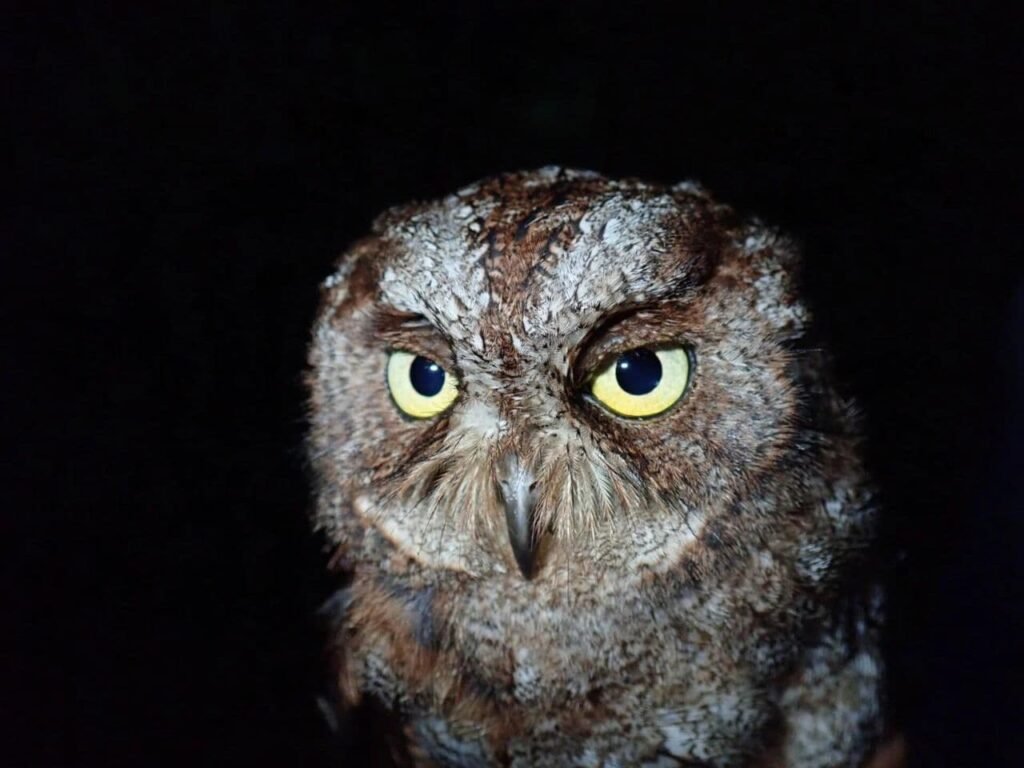
Technological Aids For Night Vision
Exploring the nocturnal world of birds sparks curiosity about their night vision capabilities. Technological aids for night vision unlock mysteries of avian life after dark. Let’s dive into how technology enhances our understanding of these feathered creatures at night.
Tools For Enhancing Human Understanding
Humans often turn to technology to overcome our natural limitations. For night vision, special tools help us see what’s hidden in the dark. These include:
- Infrared Cameras: Capture images without visible light.
- Night Vision Goggles: Amplify low light for better viewing.
- Thermal Imaging Devices: Detect heat signatures from living creatures.
Such tools offer a glimpse into the nocturnal activities of birds, revealing secrets otherwise invisible to the naked eye.
Applications In Bird Research
Researchers use night vision technology to study birds in their natural habitats. These applications include:
- Tracking migratory patterns during the night.
- Observing nesting and feeding behaviors.
- Monitoring species that are active after dark.
This technology is vital for conservation efforts, ensuring bird populations thrive.
Conservation And The Nocturnal Environment
Understanding how birds interact with the nocturnal environment is key to their conservation. Many birds rely on the cover of darkness. They hunt, migrate, or evade predators at night. Yet, their nighttime world is not free from human influence. Light pollution and habitat disruption are major concerns. Let’s explore how these factors impact our feathered friends after dusk.
Impact Of Light Pollution
Artificial light at night can disorient birds that navigate using the stars. Bright city lights draw birds from their natural routes. This leads to exhaustion or even fatal window collisions. Bird species that are active at night suffer the most. They find it hard to locate food or mates in overly lit areas. As a result, their survival is at risk.
Protecting The Nighttime Habitat
Conservation efforts are vital for safeguarding the nocturnal habitats of birds. Simple steps can make a big difference. Shielding lights to reduce glare and using motion sensors can help. This limits light exposure in key wildlife areas. Designating dark sky reserves protects large areas from light pollution. These reserves offer safe havens for nocturnal bird species.
Here are actions to help protect nocturnal environments:
- Turn off unnecessary outdoor lighting
- Install shielded fixtures to direct light downward
- Choose warm-colored lights to minimize disruption
- Support local dark sky initiatives
Each step helps maintain the dark. It preserves natural behaviors and patterns in birds. It ensures they continue to thrive in their nighttime world.
Frequently Asked Questions About Can Birds See in the Dark
How Do Birds See In The Dark?
Birds have adapted vision for low-light conditions, using larger eyes and high-density rod cells to enhance night vision.
Can Birds See How Do You Fly At Night?
Some birds can see at night and navigate effectively, particularly nocturnal species like owls, which have adapted vision for flying in low-light conditions.
How Good Is A Birds Night Vision?
Birds generally have poor night vision compared to their excellent daytime eyesight. Owls are the exception, with highly adapted eyes for seeing in low light.
Do Birds Like To Be In The Dark?
Birds prefer natural light cycles but can appreciate dark periods for rest and sleep, much like humans. Too much darkness, though, can lead to stress or health issues.
To sum up, birds possess varying night vision capabilities, each species adapted to its environment. Understanding these avian nocturnal abilities enhances our appreciation for nature’s complexity. By recognizing the intricate ways birds navigate the darkness, we deepen our connection to the avian world.

